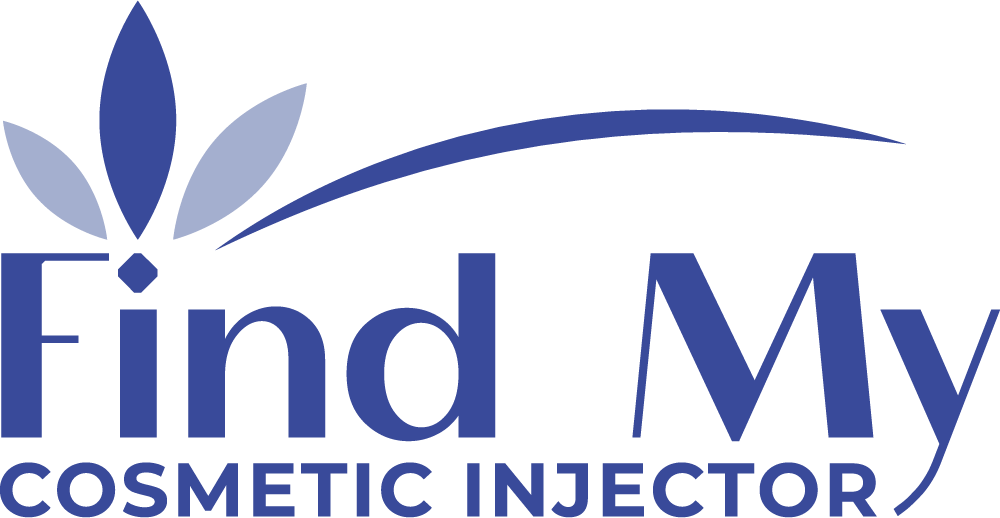Botox providers near me
- Licensing
- User Reviews
- Mystery Shopping Calls
Botox FAQs
- Botox
Google Feedback Rating: 4.5/5
Total number of Google Reviews: 139
- Botox
Google Feedback Rating: 4.9/5
Total number of Google Reviews: 87
- Botox
Google Feedback Rating: 4.9/5
Total number of Google Reviews: 40
- Botox
Google Feedback Rating: 4.1/5
Total number of Google Reviews: 102
- Botox
Google Feedback Rating: 5/5
Total number of Google Reviews: 25
- Botox
Google Feedback Rating: 4.6/5
Total number of Google Reviews: 134
- Botox
Google Feedback Rating: 3.5/5
Total number of Google Reviews: 86
- Botox
Google Feedback Rating: 4.8/5
Total number of Google Reviews: 38
- Botox
Google Feedback Rating: 4.7/5
Total number of Google Reviews: 234
- Botox
Google Feedback Rating: 5/5
Total number of Google Reviews: 12
Botox FAQs
The effects of Botox, or botulinum toxin, typically last three to four months. As muscle action slowly returns, the lines and wrinkles begin to reappear and need to be treated again. The lines and wrinkles often appear less severe with time because the muscles are being trained to relax.
This is a difficult question to answer because it can vary depending on the individual. In general, Botox takes a few days to start working, and the full effects may not be seen for two or three weeks. However, some people may start to see results as early as one or two days after treatment.
After your Botox cosmetic procedure, follow these tips:
- Don’t rub your face.
- Don’t drink alcohol.
- Don’t exercise.
- Don’t take hot baths or showers.
- Don’t lie down for at least four hours after injection.
- Don’t wear a hat or sunglasses.
- Don’t go in the sun or tanning bed.
- Don’t touch or manipulate the injection sites.
Generally, you can lay down as soon as you feel comfortable after getting Botox. However, you should avoid lying down for a few hours after your treatment to minimize the risk of developing swelling or bruising.
Some people choose to inject Botox in areas that are not recommended. Injecting Botox in the wrong place can lead to unwanted side effects, such as difficulty swallowing, speaking, or breathing. It is important to only receive Botox injections from a qualified injector with Botox experience.
The quantity of Botox you need will depend on the size of the area you are treating and your desired results. Typically, a dosage of between 10 and 20 units is used for each treatment area.
Botox injections work differently for each person. Some people may feel the effects after a few days, while others may not feel the full effects until a few weeks have passed.
Botox injections should be administered every 3-4 months for best results. However, some people may need touch-ups as often as every two months.
If you’ve had Botox injections, you should avoid rubbing or massaging the treated area. You should also avoid applying pressure to the area, such as leaning your head on a pillow when you’re sleeping. These activities could cause the Botox to move from its intended location. Possible side effects such as swelling and bruising may emerge after your injections, but these symptoms should dissipate within a few days. If they don’t or if you have any other concerns, contact your injector.
There are a few places you can go to get Botox, which is an FDA-approved treatment similar to fillers like Dysport and Xeomin. You can go to a plastic surgeon, or a dermatologist. There are also many med spas that offer Botox treatments.
Most people can resume their regular activities, including working out, immediately after getting Botox injections. In general, there is little to no downtime or recovery time associated with this neurotoxin. However, it is always best to check with your injector first to be safe.
The areas of the face where Botox can be injected are around forehead lines, around the area between the eyebrows (the glabella), around frown lines near the mouth, and around fine lines near the corners of the eyes (crow’s feet). Some people also get Botox injections in their lips to make them look fuller.
There is no one definitive answer to this question. Coverage for Botox injections will depend on the specific insurance plan and the reasons why the injections are being sought. Typically, however, Botox injections are considered a cosmetic treatment and therefore will not be covered by insurance.
However, some insurers may cover the procedure if it is deemed medically necessary. You may be able to receive coverage if you’re undergoing a Botox injectable treatment for a legitimate medical condition such as chronic migraines or excessive sweating. Patients seeking coverage for Botox injections should contact their insurance providers to inquire about specific coverage policies.










